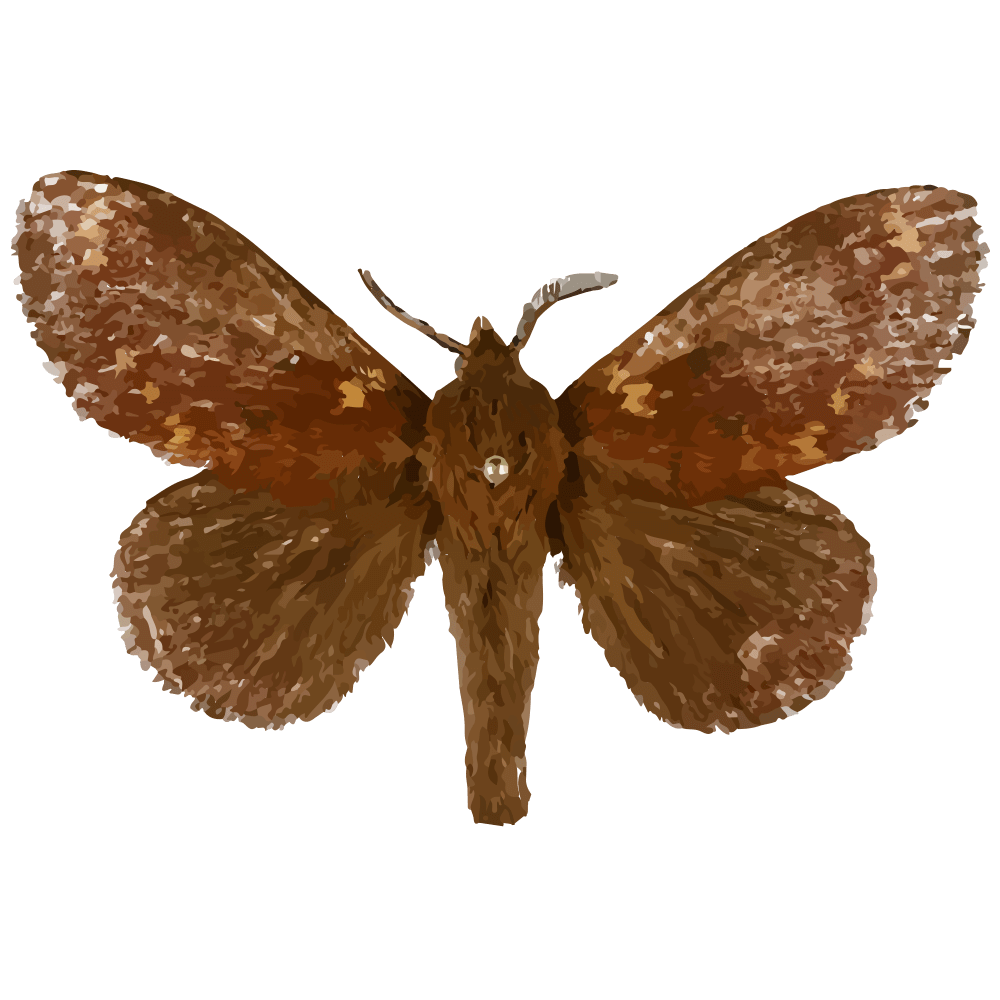


| Latin Name | Dendrolimus kikuchii |
| Common Name | Kikuchi Pine Moth |
| Biology | Adult moths are active at night and lay eggs on the needles of pine trees such as Pinus kesiya. The larvae feed on pine needles, with damage characteristics similar to those of the pine moth (Dendrolimus punctatus), often causing weakened growth in pine trees. They produce one generation per year, overwintering as larvae in bark crevices of pine trees or in ground weeds. |
| Damage | This pest primarily damages Pinus kesiya and Pinus yunnanensis, among others. |
| Distribution Regions | Japan |
| Monitoring | Pheromone lures mimic natural sex pheromones to attract male insects into specialized traps for population monitoring and suppression. As a core IPM component, monitoring enables early risk detection and targeted control. Mass trapping reduces mating opportunities to curb offspring populations. Protocols: ●Use only with matched traps. ●15-45 traps/hectare,replace/replenish every 4-6 weeks. ●Wear gloves or wash hands with detergent when switching lure types. ●Refer to trap-specific hanging instructions. |
| Recommended Traps | Delta Trap, Wing Trap |

ご連絡先情報をご提供ください。精密にマッチしたフェロモンソリューションをご提供します。当社の既存ポートフォリオに最適なソリューションが見つからない場合、合成化学チームが分子構造設計から量産まで一貫してカスタム開発を実施いたします。